1. Cell resuscitation <br> After the frozen cells were taken out from the liquid nitrogen, they were continuously shaken in a 37 ° C water bath to promote their melting. The thawed cells were transferred to a centrifuge tube, and added to a pre-warmed DMEM complete medium (in which fetal fetal bovine serum was about 10%) at 37 ° C, gently vortexed, centrifuged, centrifuged at 500 g for 2 min, and the supernatant was discarded.
Wash with DMEM in complete medium and discard the supernatant. DMEM complete medium was added, gently pipetted and mixed to prepare a cell suspension, inoculated in a Petri dish/bottle, and cultured in a cell incubator containing 5% CO2.
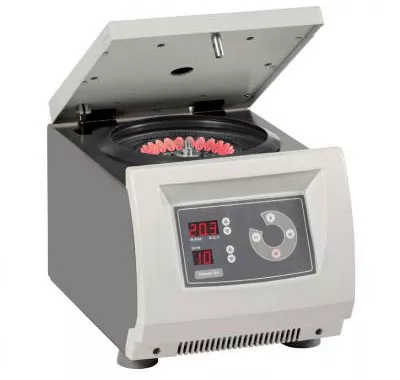
BIOCEN series centrifuge 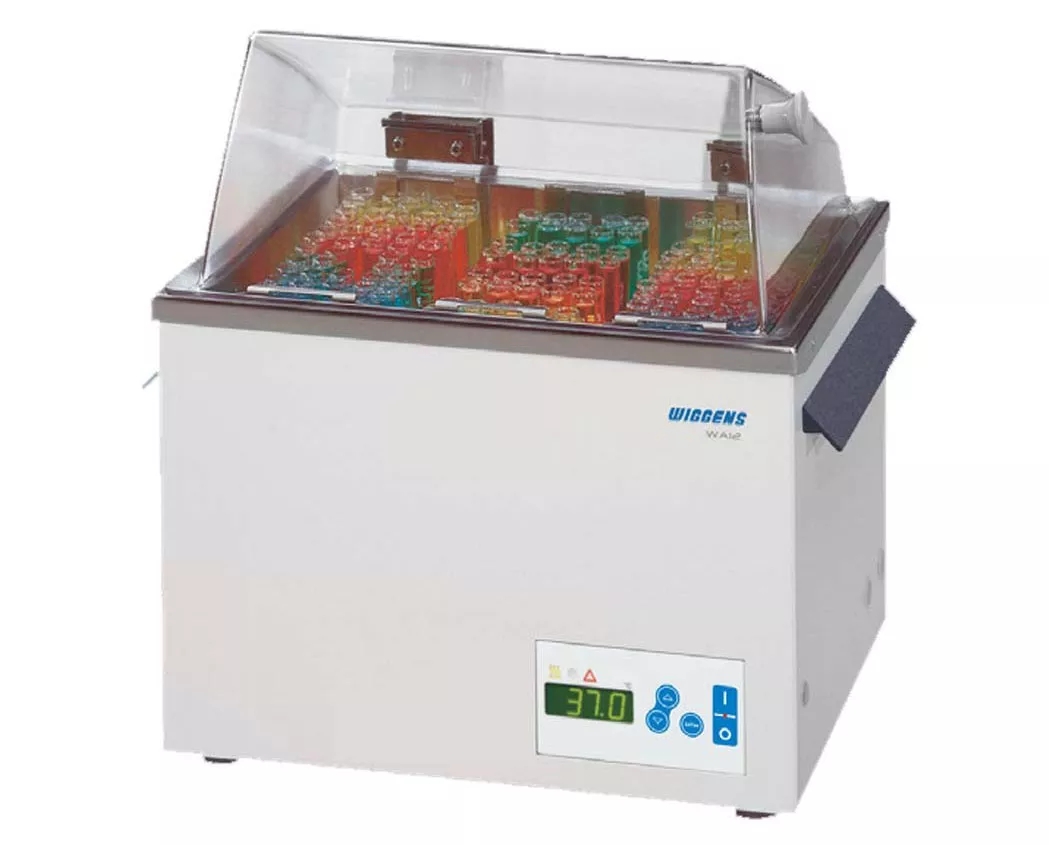
WA series constant temperature water bath
2, cell passage <br> When the cell density reaches 80% ~ 90% (premature production is insufficient, too late cell state is not good, the ratio of 1:2 to 1:10 is subcultured, generally 1:3 to 1:5 When the cells were inoculated, from the time the cells were inoculated to the time of isolation and re-culture, the number of non-cell mitosis, the complete medium was removed and washed twice with 1X PBS.
Add trypsin (note: the amount of digestive juice is best to cover the cells, the optimal digestion temperature is 37 ° C. Observe the cells under the microscope: observe the digested cells under an inverted microscope, if the cytoplasm retracts, the cells are no longer connected The tablets, indicating that the cells were properly digested at this time, were digested and placed in a cell culture incubator for about 2-3 min.
Trypsin digestion was stopped by adding appropriate amount of DMEM complete medium, transferred to a centrifuge tube and centrifuged at 500 g for 2 min, the supernatant was discarded, and then washed with DMEM complete medium, and the supernatant was discarded.
Add DMEM complete medium, mix gently by pipetting, draw 10 μl to count, and continue to culture in a cell culture incubator containing 5% CO2 according to the required amount of cells.
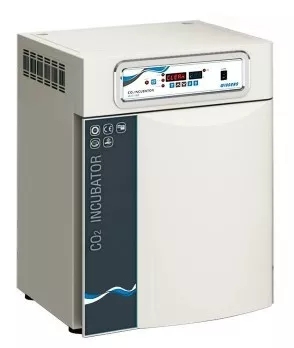
WCI series carbon dioxide incubator
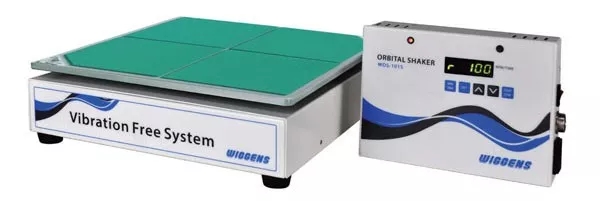
Carbon shaker special shaker
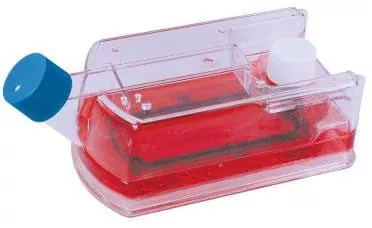
Ultra high yield micro cell factory
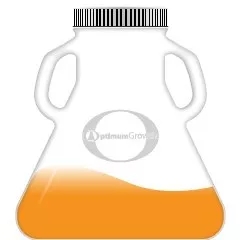
High-density culture special shake flask
3. Cell cryopreservation <br> When the cell density reaches 80% to 90%, the complete medium is removed and washed twice with 1X PBS. Digestion was added to trypsin and placed in a cell culture incubator for about 2-3 min. Trypsin digestion was stopped by adding DMEM complete medium, transferred to a centrifuge tube and centrifuged at 500 g for 2 min, the supernatant was discarded, and then washed with DMEM complete medium, and the supernatant was discarded. Add 1ml of frozen solution (90% fetal bovine serum, 10% DMSO. Generally speaking, the serum content can be adjusted between 10% and 90%. Adding serum to the frozen solution can provide nutrition to the cells on the one hand, and on the other hand Provide non-permeable protective substances such as sucrose, albumin, etc. to better protect cells during cell cryopreservation, and place them in a cryotube (with isopropanol in the tube to ensure the temperature is lowered). Store in a refrigerator at 4 ° C for 30 min, then store in a -20 ° C refrigerator for 30 min, then place in a -80 ° C refrigerator overnight.
In the next day, it can be stored in liquid nitrogen for at least two years. If it is not placed in liquid nitrogen, it can be stored for three months.
The principle of cell cryopreservation and resuscitation is: slow freezing and rapid melting, which is more conducive to maintaining cell viability. Cryopreserved cells without any protective agent will cause the formation of ice crystals inside the cells, which will cause endogenous mechanical damage to the cells, causing changes in intracellular osmotic pressure, pH, electrolytes, etc., and then cause cell death.
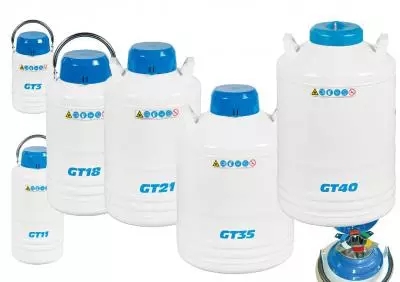
WIGGENS liquid nitrogen tank series
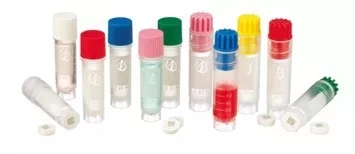
Cryotube

Cryopreserved stent
4, matters needing attention
(1) preheating culture solution: the prepared bottle containing the culture solution, PBS and trypsin is placed in a 37 ° C water bath to preheat;
(2) Wipe the ultra-clean workbench and hands exposed to ultraviolet light with 75% alcohol;
(3) Properly placed instruments: ensure sufficient operating space, not only easy to operate but also reduce pollution;
(4) Lighting the alcohol lamp: note that the flame cannot be too small;
(5) Strict aseptic operation;
(6) Appropriate digestion of adherent cells: The time of digestion is affected by many factors such as the type of digestive juice, preparation time, and amount added to the culture flask. During the digestion process, changes in cell morphology should be noted. Once the cytoplasm is retracted, The connection becomes loose, or there is a sign that the piece will float and the digestion will be terminated immediately;
(7) Passage cells All operations are as close as possible to the alcohol lamp flame. It is best to perform only one cell operation at a time, using a set of equipment for each cell. Avoid cross infections;
(8) Each time the cell bottle mouth is opened or closed, it needs to be disinfected on the alcohol lamp.
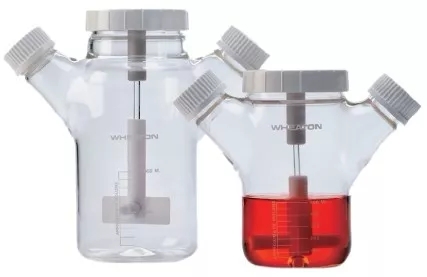
Suspension cell culture flask
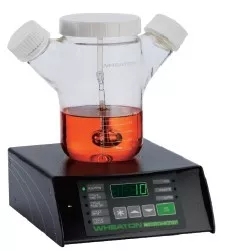
Adherent cell microcarrier culture flask
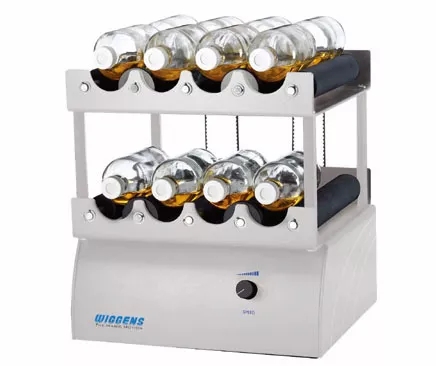
Adherent cell roller bottle culture
ZHEJIANG SHENDASIAO MEDICAL INSTRUMENT CO.,LTD. , https://www.shendasiaomed.com